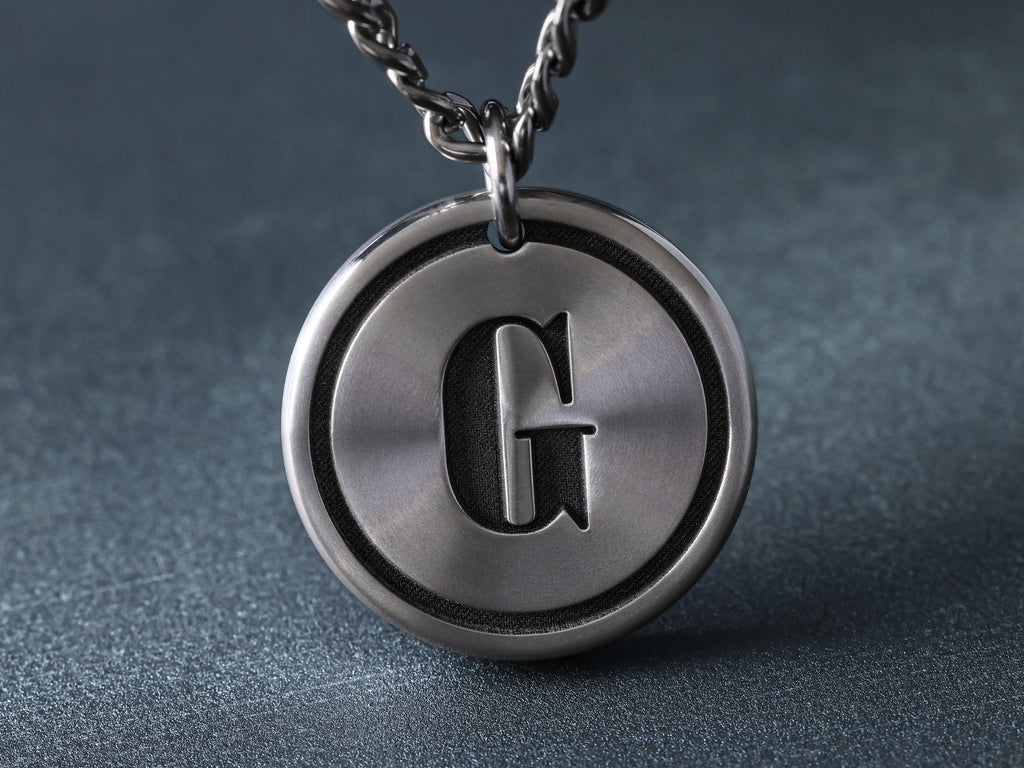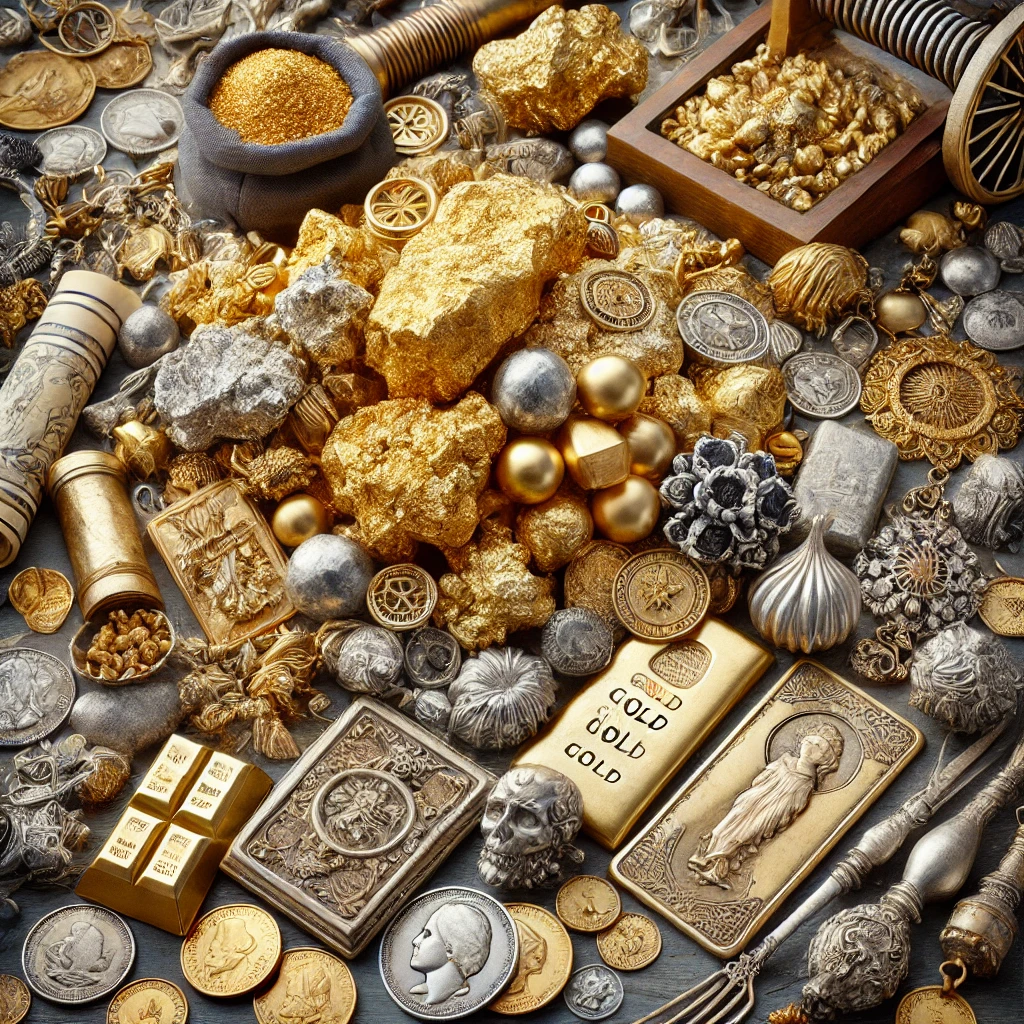Lab diamonds have taken the jewelry world by storm, offering a stunning, ethical, and sustainable alternative to traditional mined diamonds. As these diamonds continue to gain popularity, more people are becoming curious about their origins, the benefits they offer, and why they are often considered a better choice. In this article, we will explore the insider story of lab diamonds better and why they may just be the future of the diamond industry.
What Are Lab Diamonds?
Lab diamonds, also known as synthetic diamonds or cultured diamonds, are real diamonds that are created in controlled laboratory environments. Using advanced technology that replicates the natural processes that occur deep within the Earth, lab diamonds are chemically, physically, and optically identical to mined diamonds. This means they share the same brilliant sparkle, durability, and hardness. Lab diamonds are grown through two primary methods: High Pressure High Temperature (HPHT) and Chemical Vapor Deposition (CVD).
The Ethical Appeal of Lab Diamonds
One of the main reasons why lab diamonds are considered a better alternative to mined diamonds is their ethical nature. The diamond mining industry has long been associated with human rights violations, environmental degradation, and conflicts known as “blood diamonds.” Lab-grown diamonds offer a guilt-free option for those who want to buy diamonds without contributing to these unethical practices. By opting for lab diamonds, consumers are choosing an ethical and responsible choice.
Sustainability: A Green Choice
Lab diamonds are also considered a more sustainable option when compared to mined diamonds. Diamond mining is an energy-intensive and environmentally damaging process. It often involves large-scale excavation and the destruction of ecosystems, as well as water and air pollution. In contrast, lab diamonds are created in controlled environments using far fewer resources. While they still require energy, the environmental impact is significantly lower than that of traditional mining methods.
Moreover, lab diamonds have a much smaller carbon footprint than their mined counterparts. Advances in renewable energy sources used in laboratories are making the production of lab diamonds even more sustainable. As the demand for sustainable and eco-friendly products grows, lab diamonds are emerging as a responsible choice for environmentally-conscious consumers.
Quality and Affordability of Lab Diamonds
Another compelling reason why lab diamonds are often considered a better choice is their superior quality and affordability. Since they are created in a controlled environment, the quality of lab diamonds can be closely monitored, resulting in diamonds that are often purer and more flawless than those found in nature. As lab diamonds are grown in laboratories, they are free from the impurities and inclusions that commonly affect mined diamonds, making them ideal for those looking for a perfect stone.
In addition to their superior quality, lab diamonds are more affordable than mined diamonds. The production costs of lab diamonds are significantly lower, as they do not require the extensive labor and resources associated with traditional diamond mining. This allows consumers to purchase a larger or higher-quality diamond for the same price as a smaller or lower-quality mined diamond.
Looking for the perfect diamond jewelry? NoviTadiamonds.co.uk offers a stunning collection of high-quality, certified diamonds for every occasion. Whether it’s for a gift or a treat for yourself, we’ve got something special for you!
The Process of Creating Lab Diamonds
Understanding the process behind lab diamonds helps illustrate why they are often seen as a better option. The two primary methods used to create lab diamonds are HPHT and CVD.
In the HPHT process, a small diamond seed is placed in a chamber with carbon and exposed to extreme pressure and temperature, mimicking the natural conditions found deep within the Earth’s crust. This method allows the carbon atoms to crystallize around the seed, forming a diamond over several weeks.
The CVD method, on the other hand, involves creating a plasma field using gases such as methane and hydrogen. This process allows carbon atoms to attach to a diamond seed, layer by layer, creating a diamond crystal. Both methods produce diamonds that are virtually indistinguishable from mined diamonds, offering the same brilliance and durability.
The Growing Popularity of Lab Diamonds
Lab diamonds are quickly gaining traction in the jewelry industry, with more consumers opting for them over mined diamonds. As awareness about the ethical, environmental, and financial advantages of lab diamonds grows, their popularity is expected to continue to rise. In fact, many high-end jewelers and celebrities are choosing lab diamonds for engagement rings and other fine jewelry pieces.
Additionally, lab diamonds are being embraced by younger generations, who are more likely to prioritize sustainability and ethical practices in their purchasing decisions. This shift in consumer preferences has prompted many jewelry brands to incorporate lab-grown diamonds into their collections.
The Future of the Diamond Industry
As the demand for lab diamonds continues to grow, it is likely that they will play an increasingly important role in the future of the diamond industry. With their ethical and sustainable benefits, combined with their affordability and superior quality, lab diamonds are poised to redefine the way people think about diamonds.
While mined diamonds will always have a place in the market, the rise of lab diamonds marks a shift towards a more responsible and conscious approach to luxury. Whether for engagement rings, jewelry collections, or other purposes, lab diamonds are proving to be a better choice for a wide range of consumers.
Conclusion
In conclusion, the insider story of lab diamonds reveals why they are considered a better alternative to mined diamonds. Their ethical production, sustainability, superior quality, and affordability make them a compelling choice for consumers seeking a beautiful, responsible, and cost-effective diamond. As technology continues to advance and awareness grows, lab diamonds are set to become an even more integral part of the diamond industry in the years to come.









